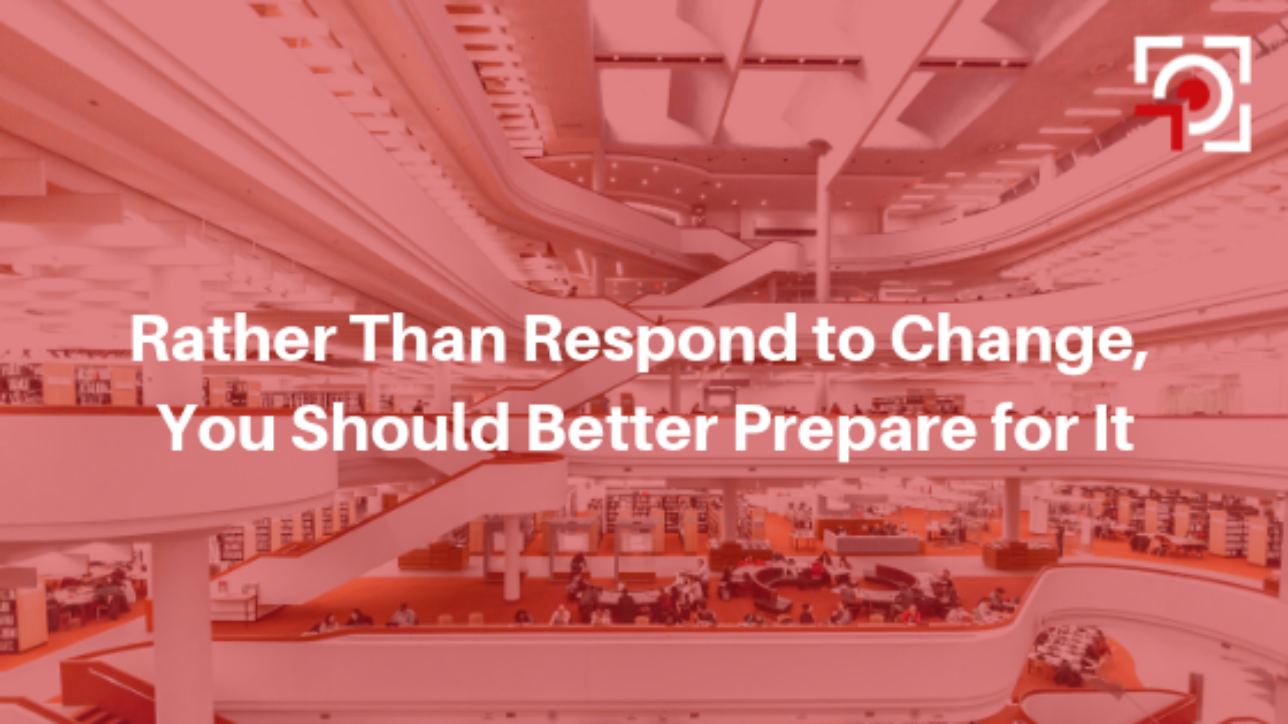Historically, organization change flowed top-down. Executive teams would set up new initiatives, then pass those on to managers and expect employees to follow the course. Understandably, this method was often fraught with obstacles.
Today, that strategy is outdated because workforces want a say in how their organizations will change. As a result, leaders must adapt their change management strategies, understanding that change is less about instilling a new set of rules and more about the evolution of an organization’s operations and culture.
Where change management goes wrong
Poor management often results from a lack of collaboration and an assumption that change is as easy as flipping a switch. The reality is that there are no shortcuts to organization change. It’s a complicated and lengthy process; the larger the entity, the slower the shift, because teams still have day-to-day goals to reach.
Moreover, a lack of good governance often means that even if the change appears smooth and effective in conception, the actual implementation can render a drastically different product. If employees feel unprepared for the change or if leaders fail to properly navigate the logistics of the shift — from both a functional and behavioral level — then it doesn’t matter how good the new model was in theory.
How it can go right
Leaders who practice good change management, on the other hand, acknowledge that both work and behaviors change when new models are implemented. They understand the relationship between the customer-facing side of the company and the employee-facing side, as those two sides operate under similar goals; treating them as if they’re unrelated can frustrate employees and limit the implementation of new initiatives.
By following these three strategies, leaders can ensure their organizations are prepared for change and streamline the process:
-
Invest in people, not policy.
Change isn’t a one-way street. Soliciting ideas from employees to increase investment is essential to effective change management. We suggest using the 10/20/70 model, which dictates that 70 percent of development should accompany hands-on experience, while just 10 percent should come via formal instruction. More hands-on time means more engaged teams, which in turn creates more successful organization changes.
When Nespresso’s U.K. team was moving to a new location, we encouraged the company to let employees join the decision-making process. The results exceeded expectations. Employees were able to design their own working spaces, and the company offered to cover commuting costs for the first two years. By the time the move rolled around, employees weren’t just agreeable; they were excited to see the new office they had helped create.
-
Listen now, not later.
Even with initial collaboration from employees, leaders should establish a system to address people’s concerns during the implementation process. This can include anything from surveys to review periods to group meetings. And while leaders don’t have to act on all feedback, they should listen to and consider everyone’s perspective.
The benefits of early communication extend beyond individual complacency, especially because initial employee involvement improves retention rates and increases engagement. Moreover, involving the team helps leaders make new initiatives more successful. For example, you can better learn how changes impact an employee’s workflow and respond to those disruptions before they become big problems.
-
Don’t ignore stakeholders or board members.
Having your employees on board for an organization design change is essential. Beyond them, however, leaders need to loop in stakeholders and board members to make change most effective and efficient. Not only can this review process prepare these individuals for projected impacts, but it can also garner support for new initiatives by allowing them to understand and approve the developments.
In a case study on organization alliances in the Dutch maritime industry, the authors identified several steps necessary to ensure stakeholder engagement, including categorizing goals according to interest and influence, defining the strategies for addressing stakeholder goals, and developing a specific plan for satisfying those goals.
Change doesn’t have to be unpleasant. In all of our projects where there’s a high degree of involvement from leaders and employees, the change is adopted more quickly and productively. By following these strategies, leaders can help everyone — from frontline employees to stakeholders — feel confident about a new direction.
Mark LaScola is Founder and Managing Principal of ON THE MARK. Operating through passion for collaborative business transformation supported by systems thinking and a belief in people, OTM is a global leader in organization design.


